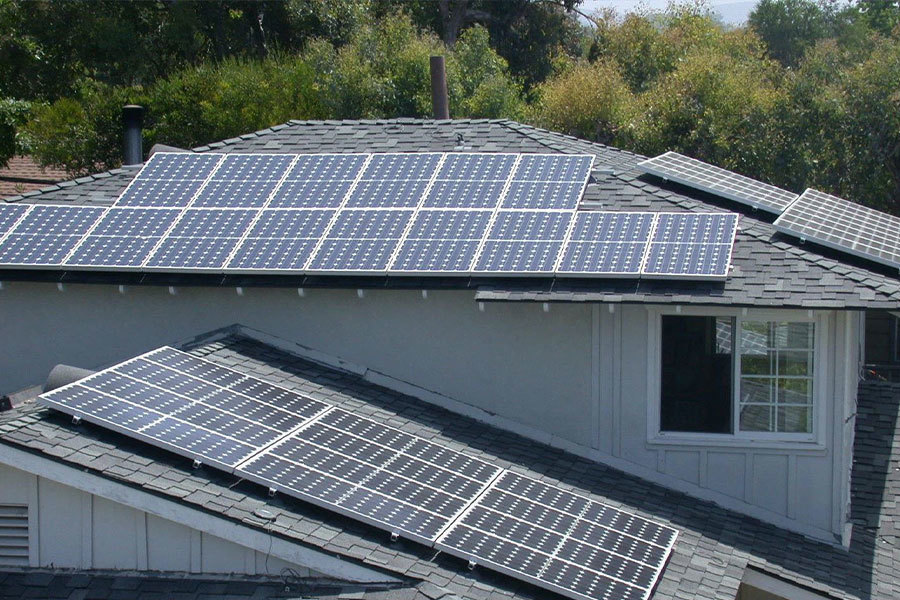Different Types of Solar Mounting Structures
May 15,2024

Solar panel mounting refers to the methods used to secure solar PV modules in place. There is a unique mounting system available if you need a solution for a pitched roof, flat roof, or ground. There are numerous solar mount options, but the three most common for commercial solar arrays are rooftop, ground mount, and floating system. In this blog, we will look at the various types of solar panel mounting systems available, with the goal of assisting you in finding the best solar mounting system for your solar project.
Solar Rooftop Mounting Structure
Empty rooftop space is an ideal location for solar panel installation, and large commercial buildings and distribution centers typically have an abundance of it. When evaluating rooftop solar, it is essential to consider the age of the existing roof, geographical latitude, weather conditions, roof pitch, and shading from neighboring vegetation or buildings.
Metal Trapezoidal Roof
There are numerous methods for installing solar systems on metal roofs, the specifics of which can affect installation costs and life expectancy. Solar panel mounts for metal roofs are made up of two basic components: roof mounting clamps and solar panel attachments. Depending on the circumstances and your personal preferences, you can install with or without rails.
With a standing-seam metal roof, an entire solar panel system can be installed without any penetrations, significantly lowering mounting and labor costs. Tens of thousands of attachment points can be found on a solar panel roof. A non-penetrating attachment system with a standing-seam clamp will quickly and easily attach the solar modules without voiding the metal roof warranty or causing leakage.
Tile Roof
When installing solar on a pitched shingle roof, special flashing attachments are typically used to mechanically attach the solar array to the roof structure beneath the shingles. Solar modules are typically mounted flush with the slope of the existing shingle roof. Tiled roof hooks brackets can be put on most types of roofs, such as pantile roofs, concrete/flat tile roofs, and asphalt shingle roofs.
Metal hooks are drilled directly into the roof rafters when installing an on-roof solar system. This may necessitate the removal and replacement of some roof tiles. Your solar PV panels are attached to hooks by means of vertical rails. Finally, for maximum protection, a weatherproof seal is applied around the hooks.
Flat Roof
Flat roof solar refers to the installation of solar panels on a nearly level roof with a pitch ranging from 1 to 15 degrees. When it comes to flat roof solutions, the most important consideration is usually how much weight the roof can support. The weight of ballasted and non-penetrating systems is distributed across the roof. To keep the arrays on the roof, weight-based loading is used.
A ballasted racking system is commonly used on flat roofs with a slope of less than 7 degrees. This ballasted roof mount system typically does not require roof penetrations and adds 3-7 PSF of weight to the roof. Mechanical attachments can be used in areas where the roof cannot structurally support the additional weight. Solar modules are typically installed with a pitch of 5, 10, and 15 degrees in this type of system.
What Do I Need To Know Before Installing Solar Mounting Systems?
There are a few factors to consider before deciding on the best solar mounting system for your property. First, consider whether you have enough rooftop space, land, or suitable property for a floating system. Along with this, you should think about:
● The magnitude of the solar panel array
● Your financial plan
● The material that works for you (steel, aluminum, polymer, plastic)
● Local climate
● City regulations
PREVIOUS:
Contact Us
E-mail :
jijiaofastener@gmail.com
Phone/WhatsApp:
+86-15176007831
Address:
Industrial City, Yongnian District, Handan City, Hebei Province, China.







